The Vintagent Road Tests come straight from the saddle of the world’s rarest motorcycles. Catch the Road Test series here.
It takes quite a draw to lure me onto an airplane and cross the Atlantic for a ride on a motorcycle lasting only a few miles. But, oh what a motorcycle, and oh what a ride, were dangled before me last Spring, and it all suddenly made sense: yes, I’ll make the trip to the second running of the Auerberg Klassik hillclimb. The motorcycle in question is an ex-factory racing Sunbeam, one of 5 built in 1925, Sunbeam’s heyday, with an experimental overhead-camshaft valve operation. Four machines and one loose engine remain, which is remarkable given the bike was only used for one year, and not further developed by Sunbeam, who missed the boat to the Future by sticking to what it knew best: pushrod OHV single-cylinder motorcycles.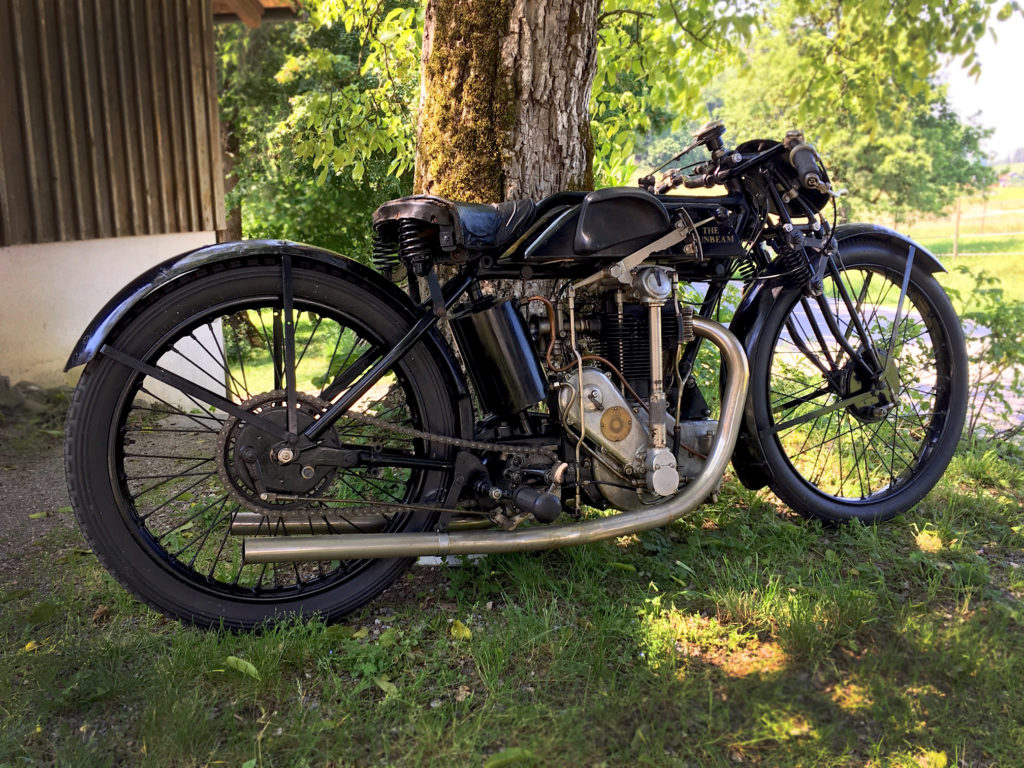
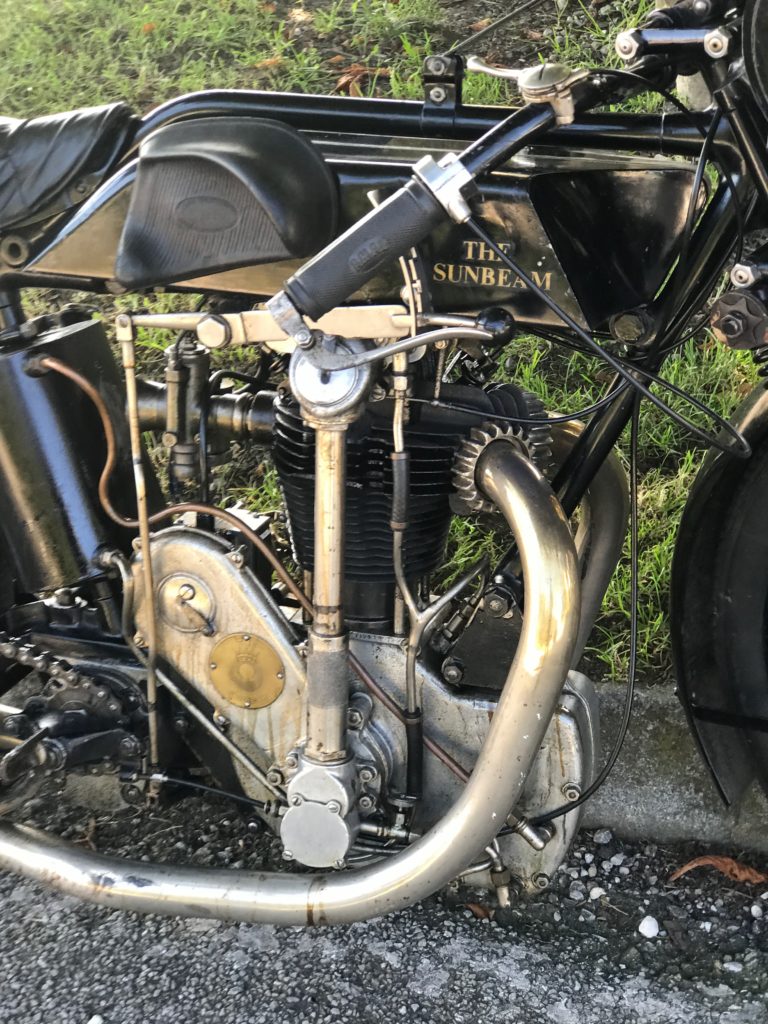
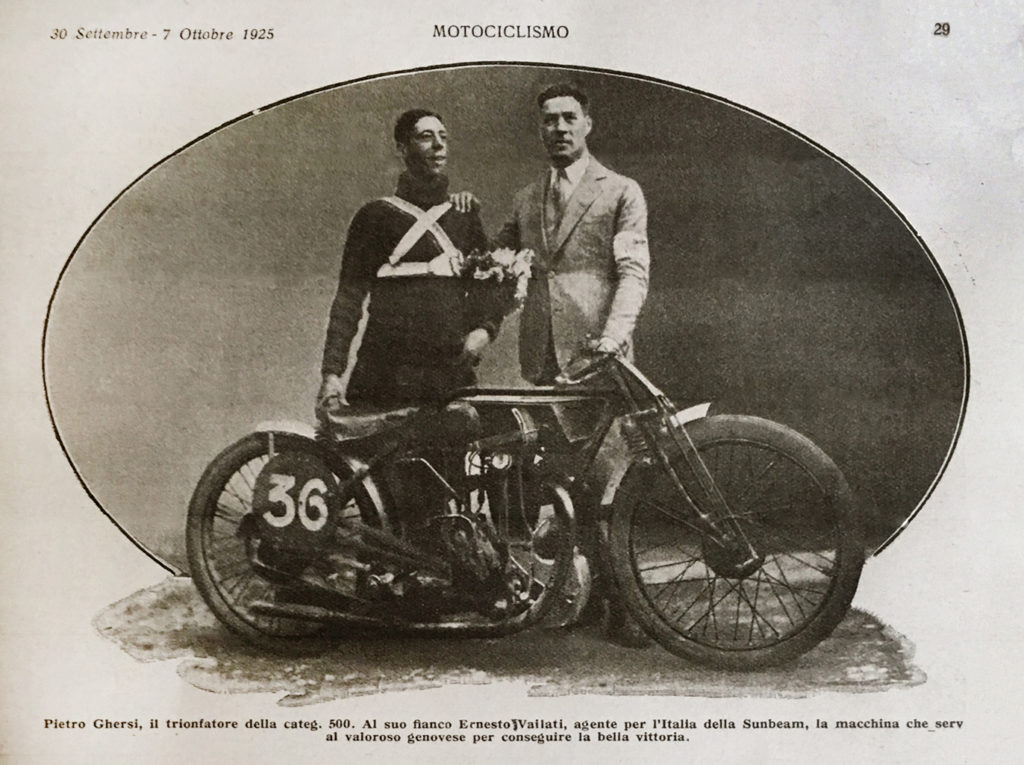
My test ride was taken over a timed series of sprints just outside the village of Bernbueren, deep in Bavaria, for the second running of the Auerberg Klassik hillclimb. As the hillclimb track was lined with a mere 10,000 people watching, cheering, and wanting entertainment, one might say this road test was conducted under unusual circumstances, and just a little pressure. It’s fair to say I was determined that the crowd’s entertainments would not include watching a priceless factory racer skittering sideways across the blacktop. A few facts conspired against me: the Crocodile has, typical with most 1920s machines, very poor brakes, but also possesses stirring acceleration and a top speed in the 90mph range. And, as it handles beautifully, as Sunbeams do, I found it joyful to move swiftly under full throttle, and had to keep reminding myself the gorgeous creature between my legs was not mine.
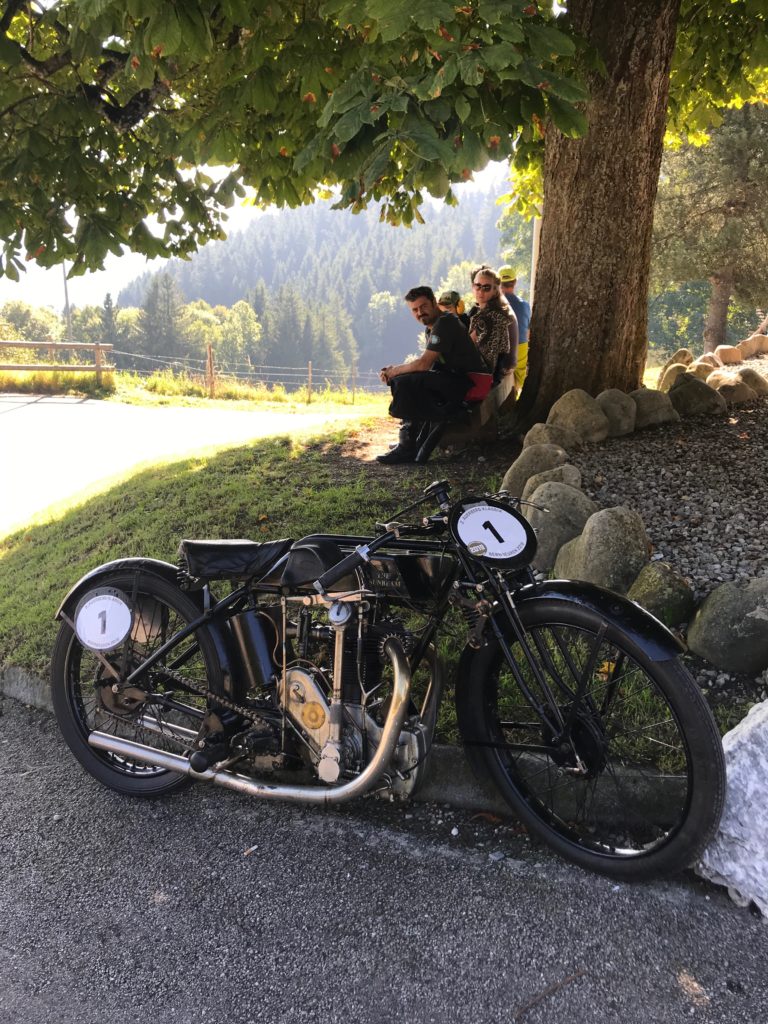
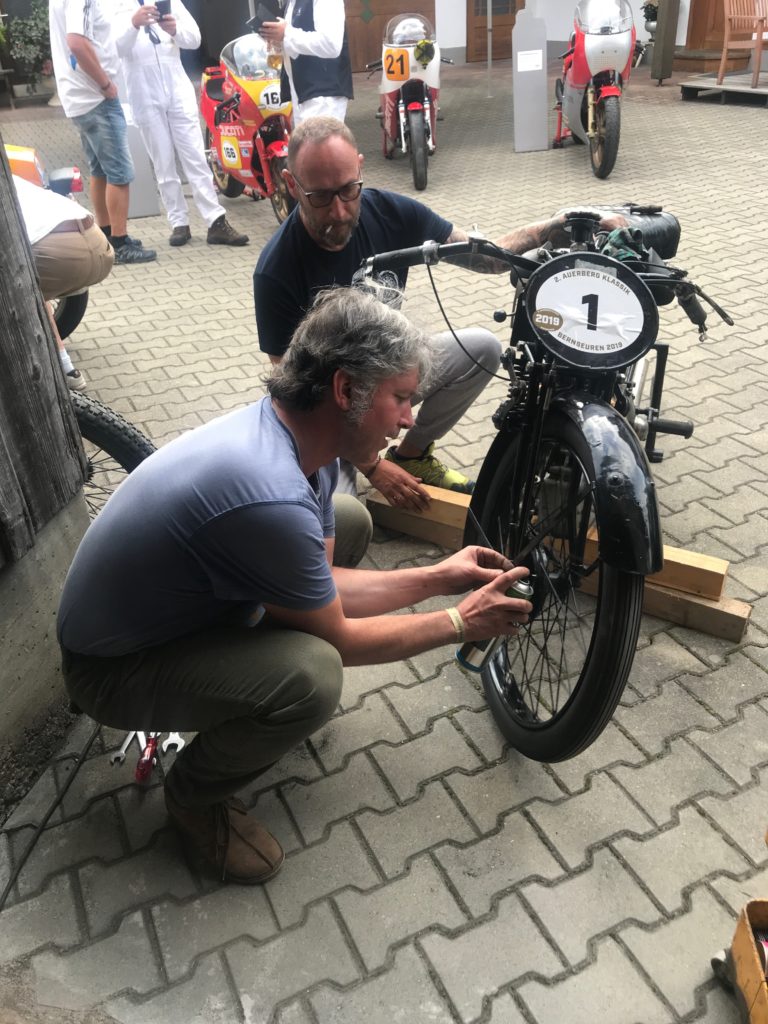
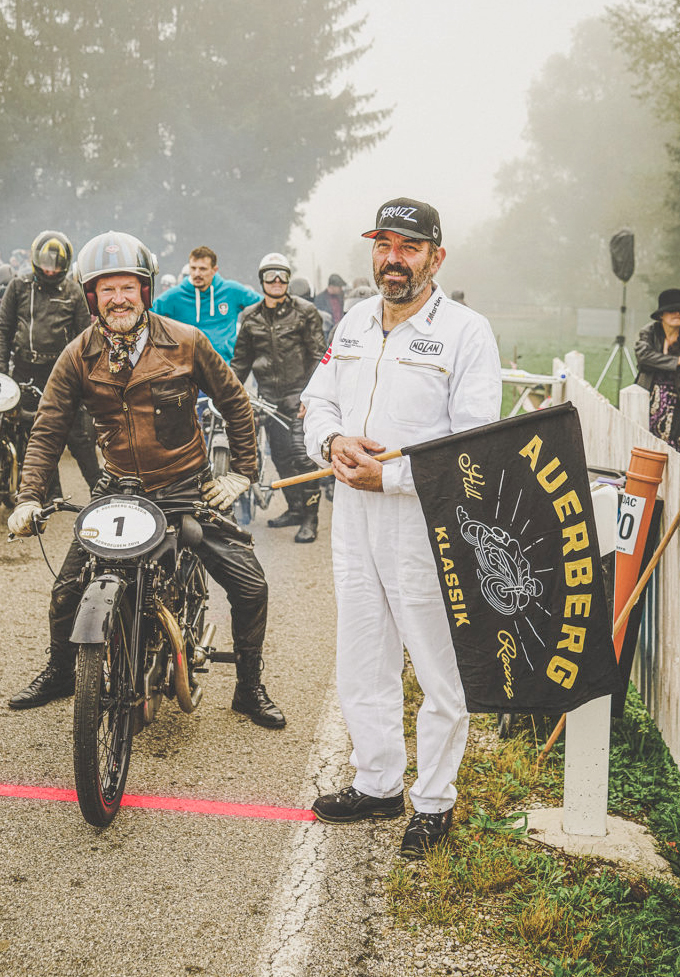
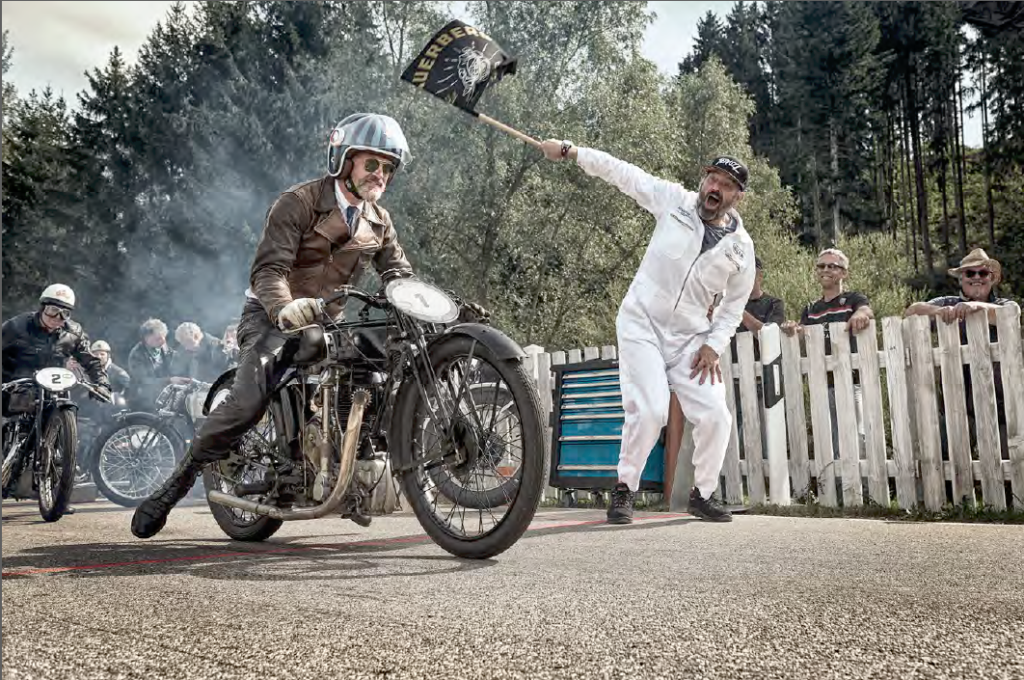
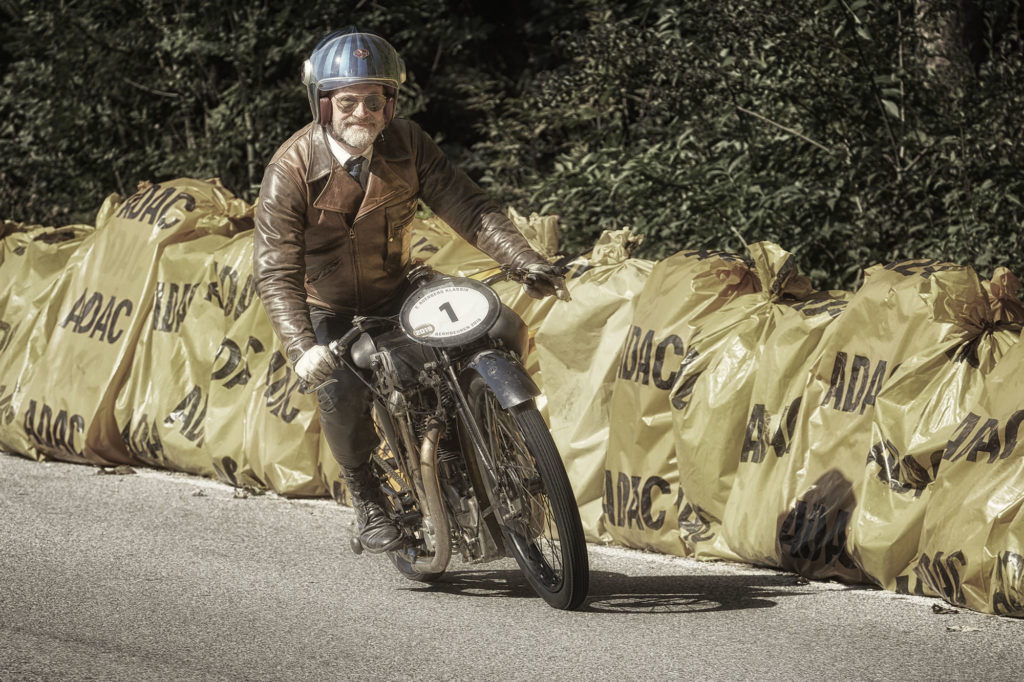
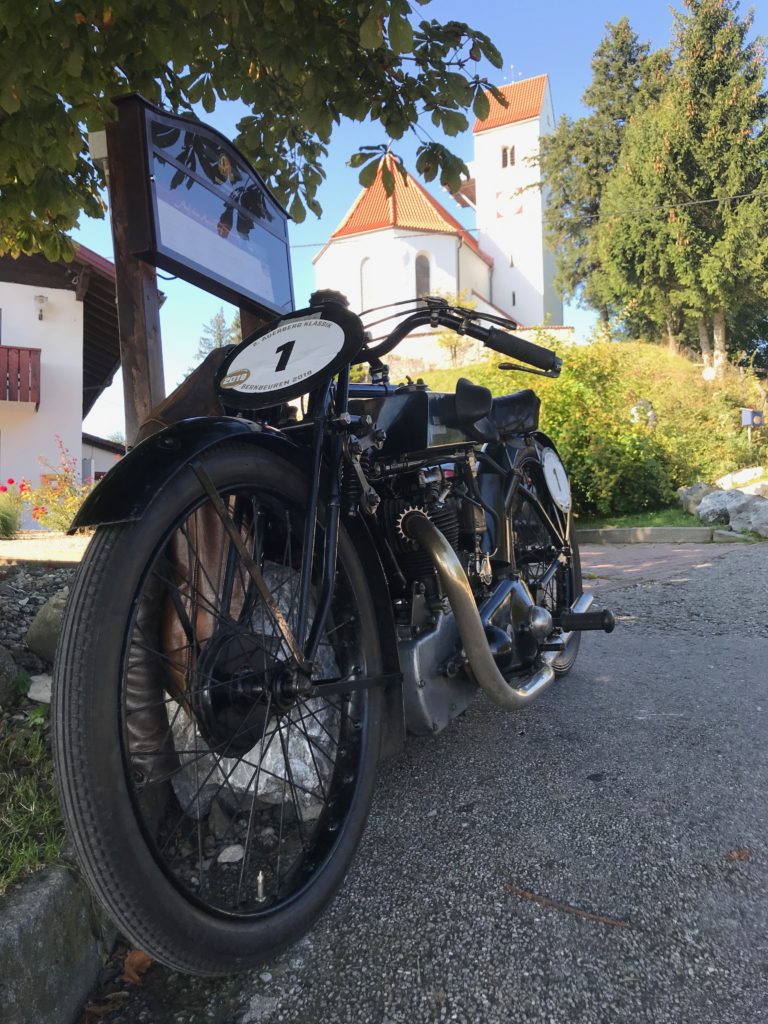
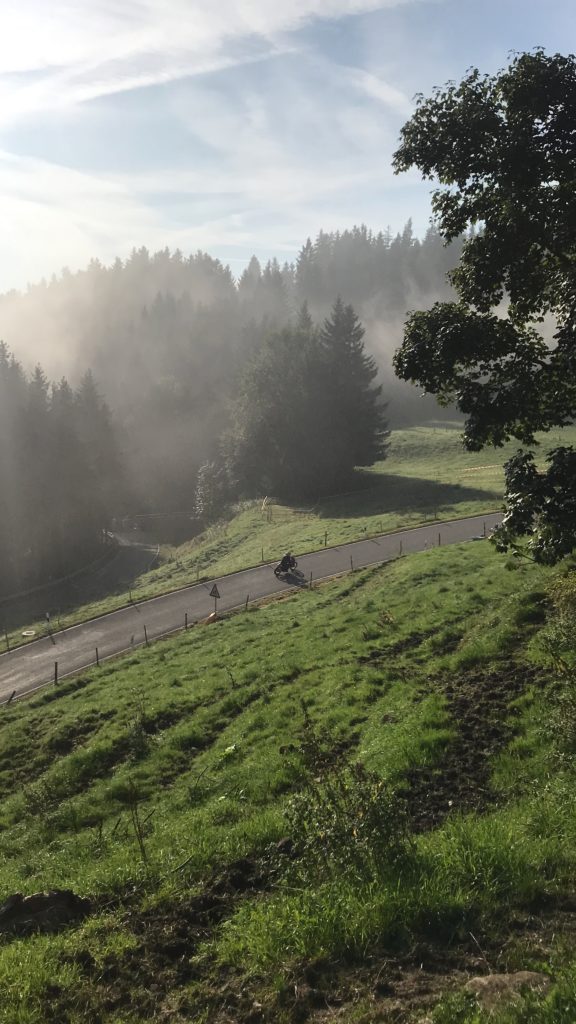
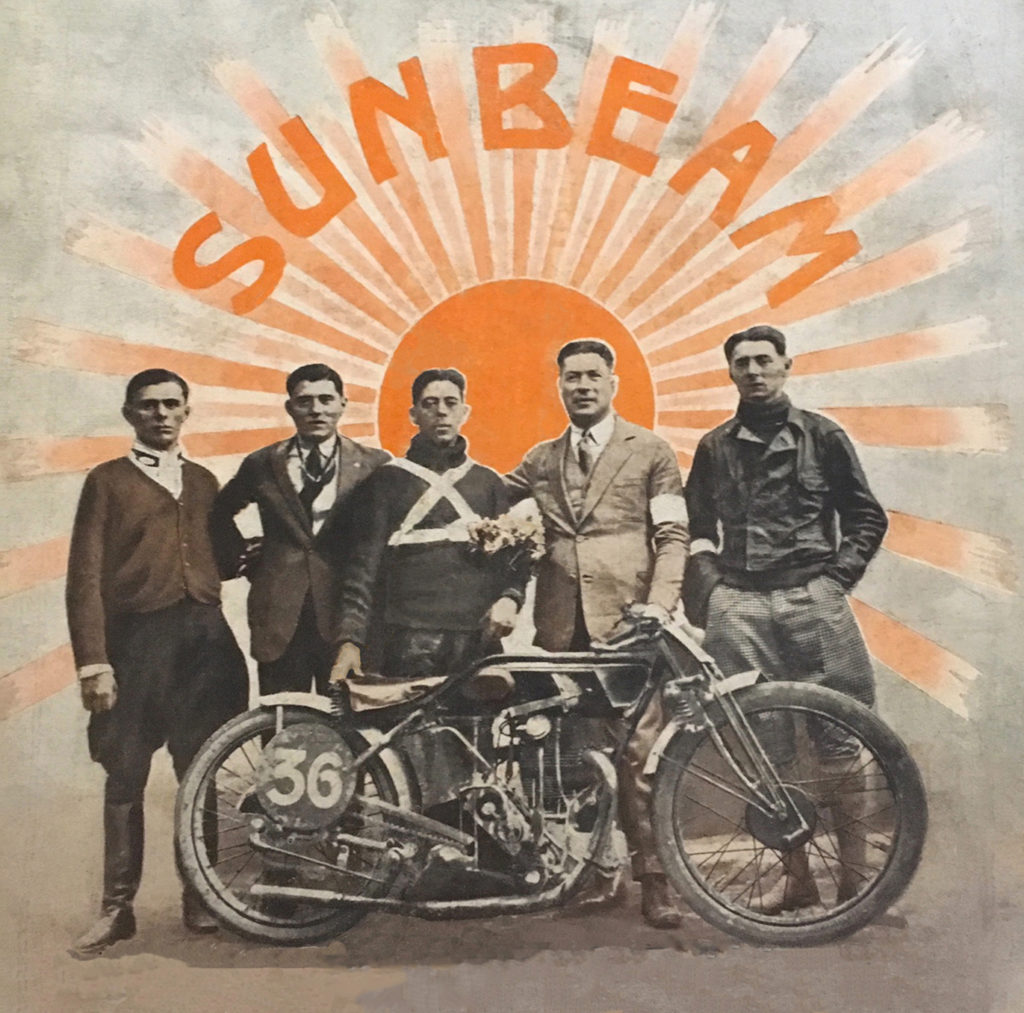
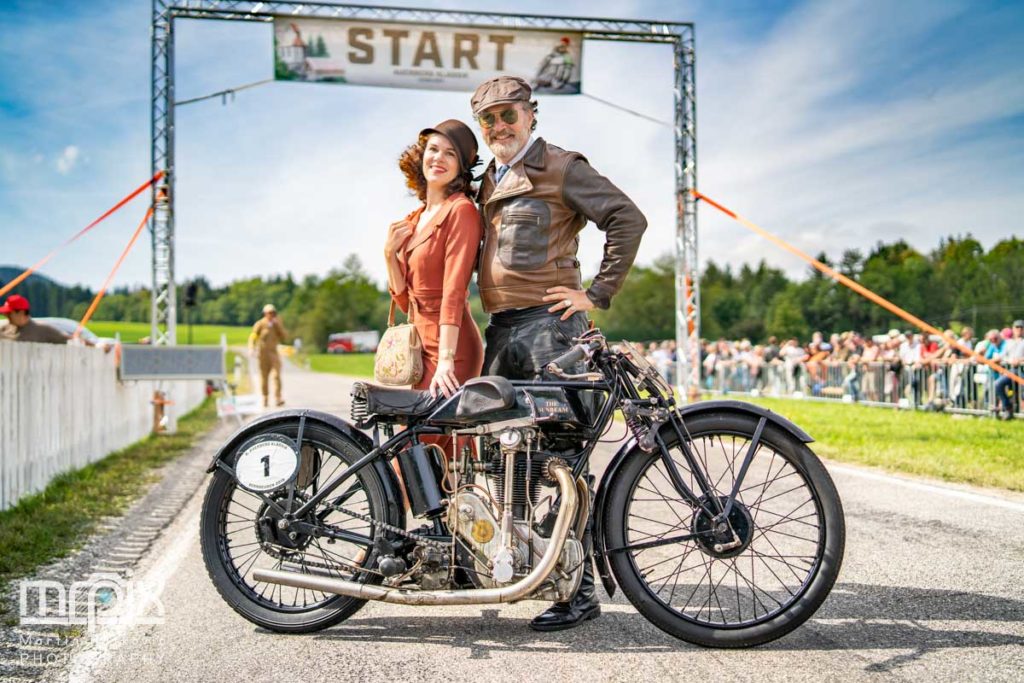
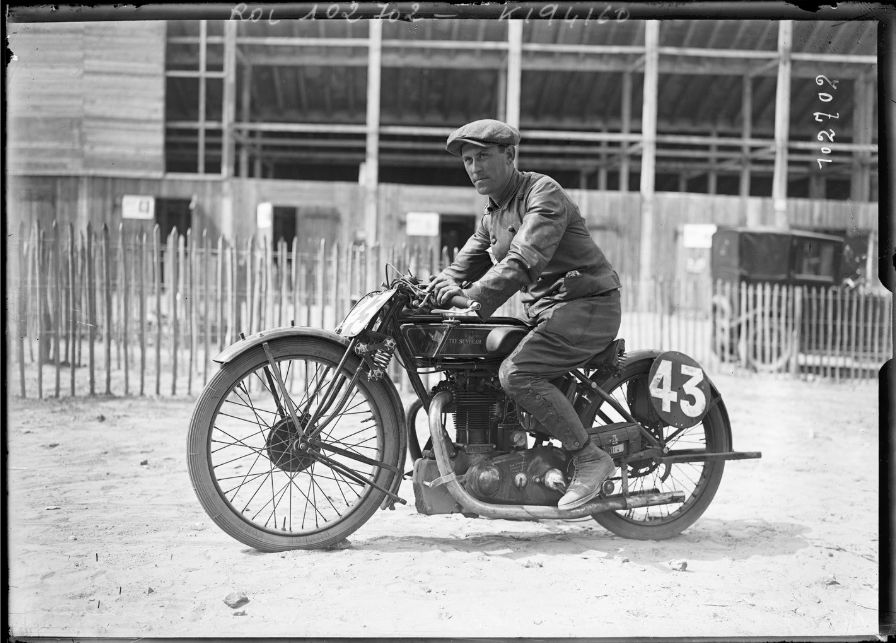
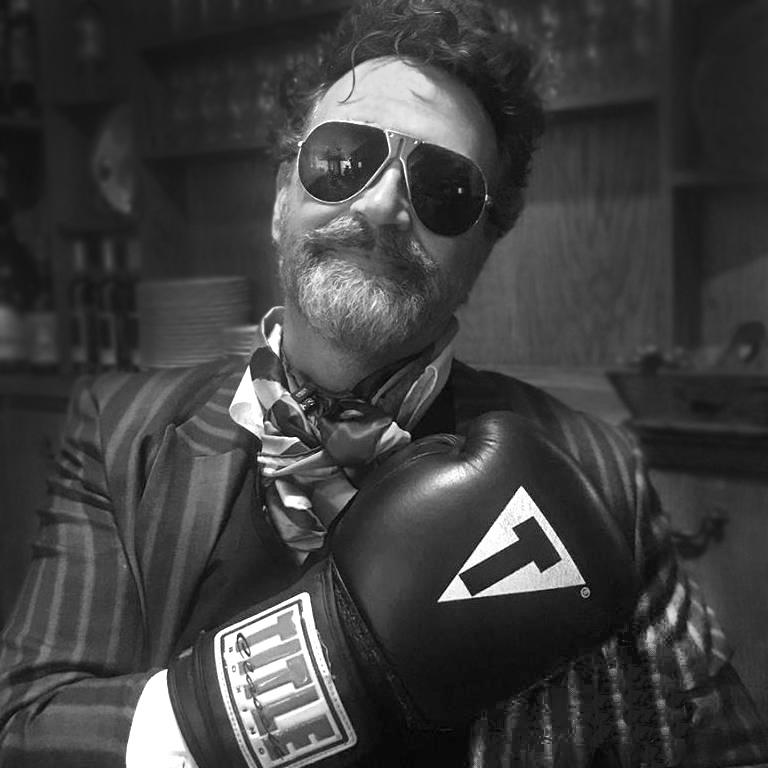

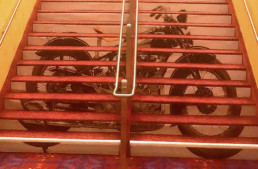
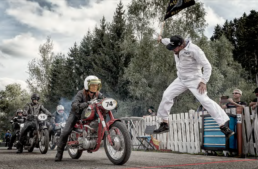
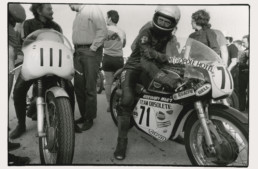
What a great read thanks ..
Indeed! I hope that I’m able to ride around on my gn250 for decades, and experience a tiny bit of what’s described here. There’s a vintage motorcycling scene here in Portugal, hope someday I can be a part of it. Cheers and thank you!